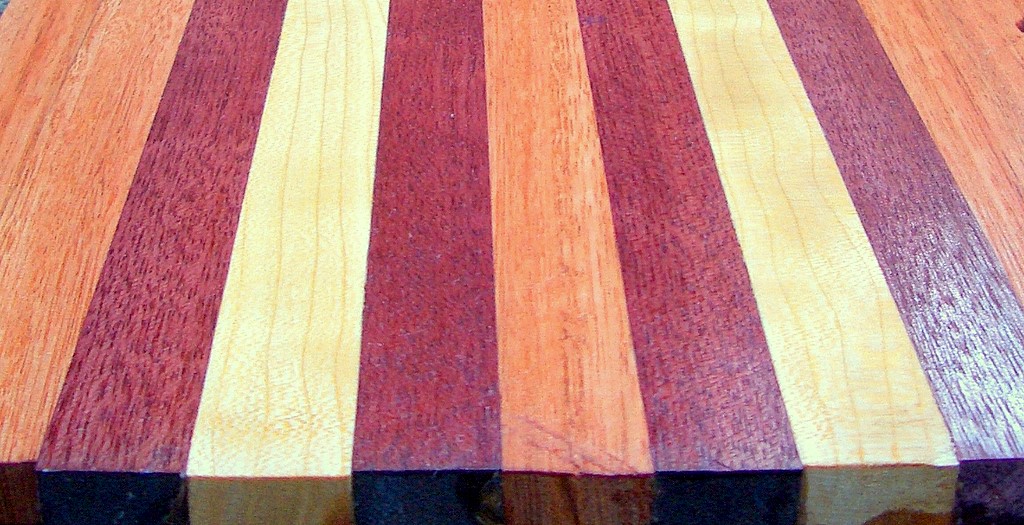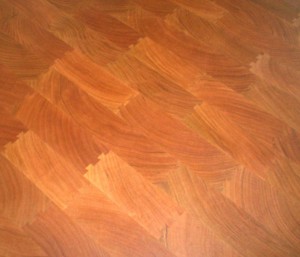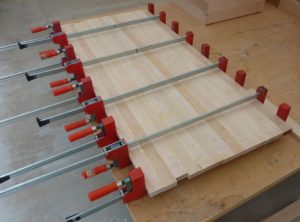
Butcher blocks are amazing. Traditionally, they are large pieces of wood specially put together to withstand a lifetime of being chopped with a knife. A true butcher block is crafted either from a single tree trunk, with the end grain up, or more recently a block created using dovetail joints–still with the end grain facing the knife. The purpose of this is that the knife will enter the wood, but not break bits of wood off as you use it. Modern butcher blocks are frequently glued rather than dovetailed, and while laterally laminated tabletops and cutting boards are similar to ‘true’ butcher blocks, strictly speaking they are not butcher blocks. In any case, butcher blocks are often very rugged long-lasting equipment that can be matched up with our classic hairpin legs to create a remarkable piece of furniture.
If you don’t have a butcher block waiting to be paired with some hairpin legs…start your search at antique houseware and furnishing stores. They are good places to start looking for a unique and perhaps vintage butcher block. As they are made of wood, butcher blocks are easy to attach the metal legs. Depending on the block’s appearance and your preferences, you can leave it as is or refinish it. They can be sanded and treated to protect them. Make sure to use a food-grade finish such as mineral oil or beeswax if you intend to use it for food. The block can be paired with hairpin legs to make a usable block or to create a piece of furniture such as a table. Blocks come in many sizes including different lengths, widths, and heights. If you have a particularly heave block check out our 3 rod hairpin legs and Just the Tip hairpin legs for added stability. We can’t wait to see pictures of your creation!


